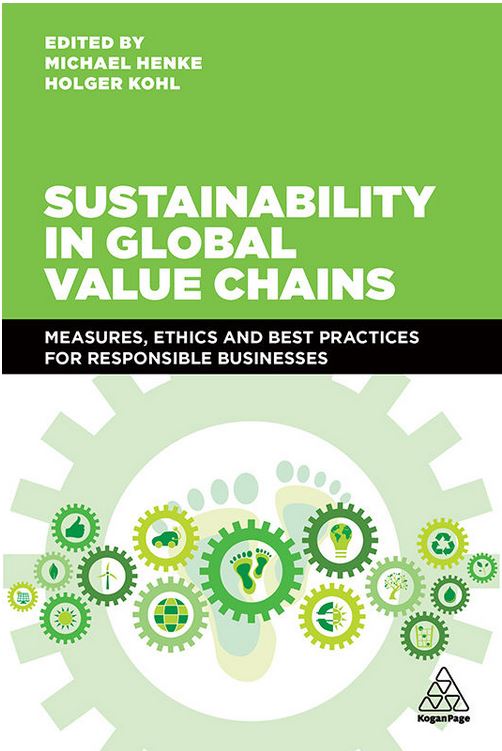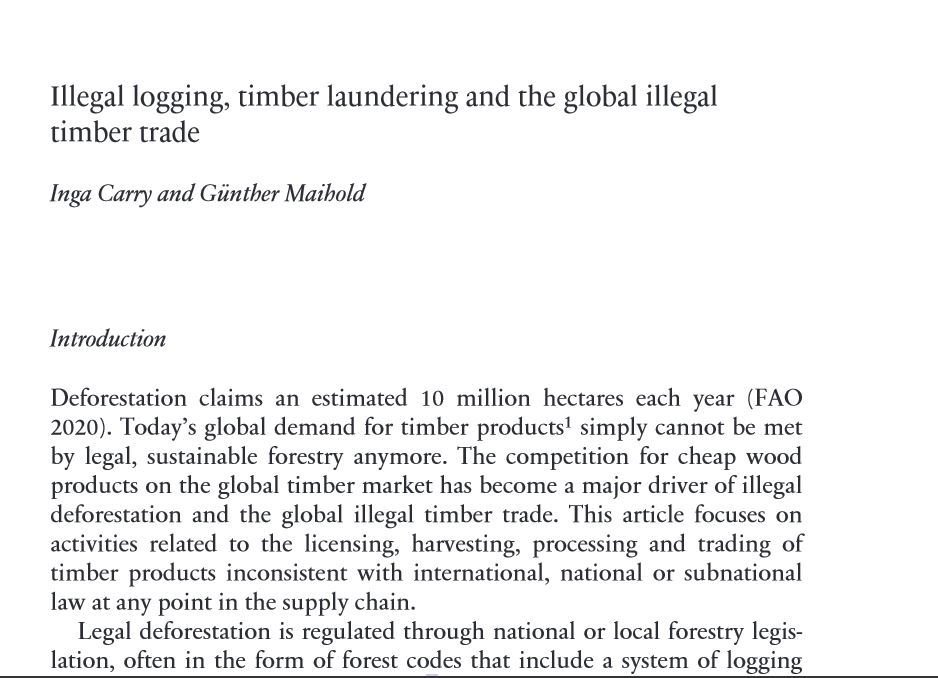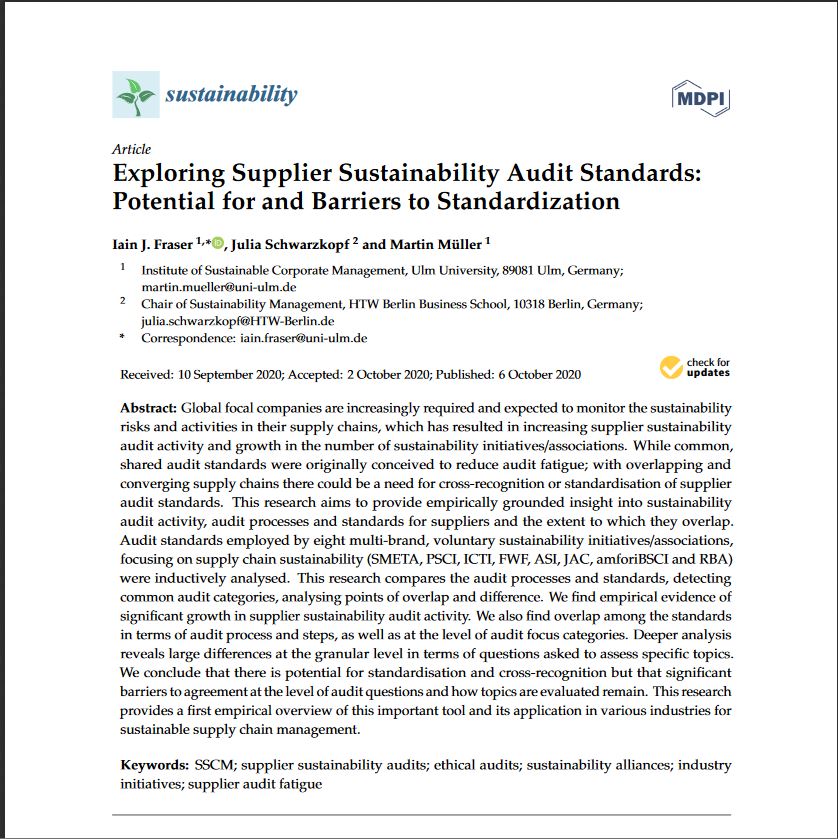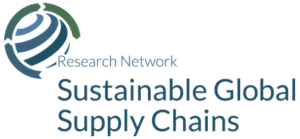︎

Julia Schwarzkopf
HTW Berlin Business School
Julia Schwarzkopf is a Professor for Sustainability Management at the HTW Berlin Business School. After various positions in science and business, she received her doctorate from the ETH Zurich on corporate climate strategies. Subsequently, the sociologist and environmental scientist worked in the field of sustainable supply chain management for a DAX-30 company before accepting the position at the HTW Berlin in April 2017. She is interested in opportunities for sustainable action by selected economic actors, especially in and along supply chains.
MORE ABOUT JULIA SCHWARZKOPF >Jan 1, 2021
Julia Schwarzkopf, Klaus Fischer, Martin Müller
Success factors of voluntary sustainable supply chain management sector initiatives
Sustainability can create greater efficiency and cost savings in the supply chain. Supply chains, which are more complex and global than ever before, are full of both risks and opportunities. The risks range from inconsistent or poor quality to supply disruptions to health and safety concerns to cor...

Jan 1, 2020
Iain J. Fraser, Martin Müller, Julia Schwarzkopf
Transparency for Multi-Tier Sustainable Supply Chain Management: A Case Study of a Multi-tier Transparency Approach for SSCM in the Automotive Industry
Sustainability in supply chain management (SSCM) has become established in both academia and increasingly in practice. As stakeholders continue to require focal companies (FCs) to take more responsibility for their entire supply chains (SCs), this has led to the development of multi-tier SSCM (MT-SS...

Jan 1, 2020
Iain J. Fraser, Julia Schwarzkopf, Martin Müller
Exploring Supplier Sustainability Audit Standards: Potential for and Barriers to Standardization
Global focal companies are increasingly required and expected to monitor the sustainability risks and activities in their supply chains, which has resulted in increasing supplier sustainability audit activity and growth in the number of sustainability initiatives/associations. While common, shared a...

